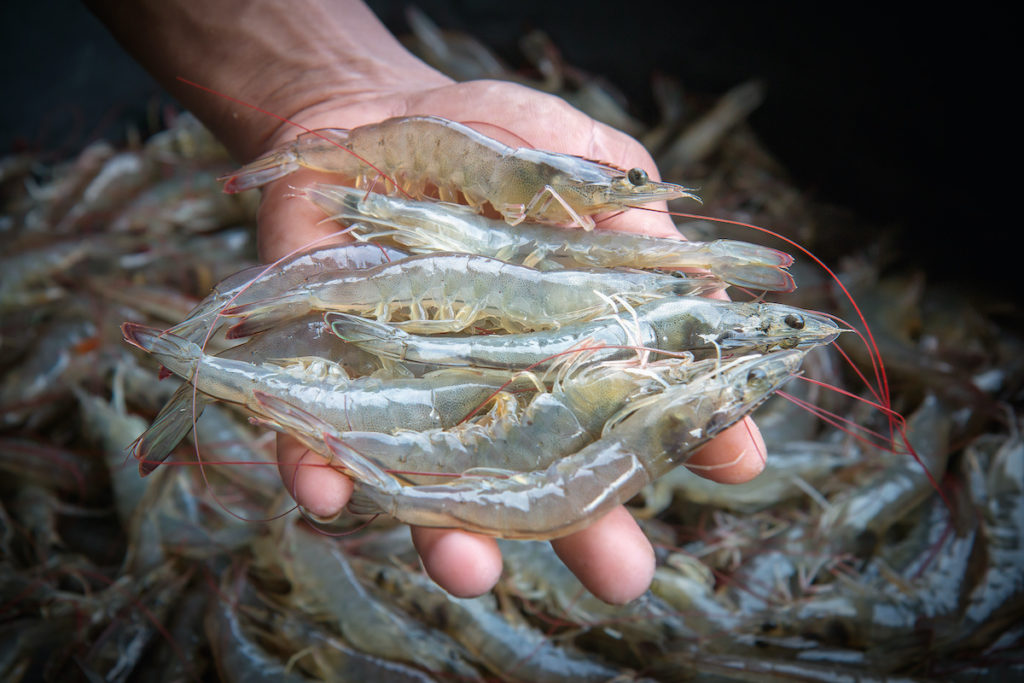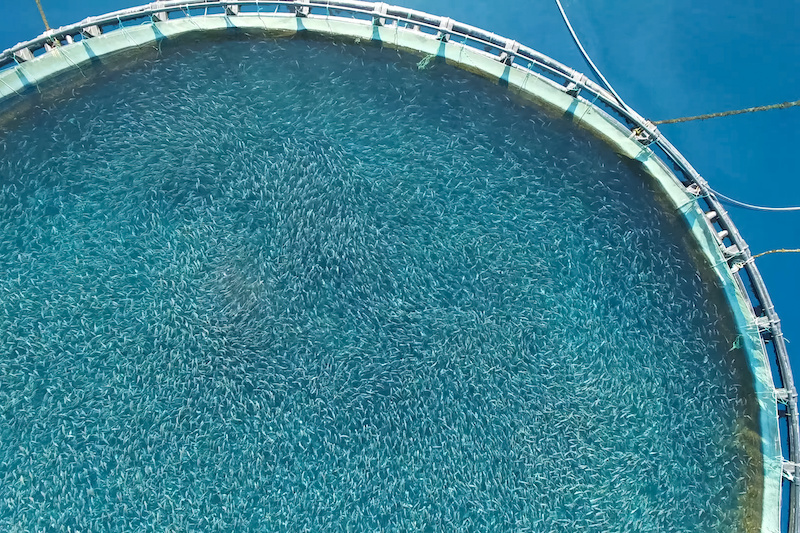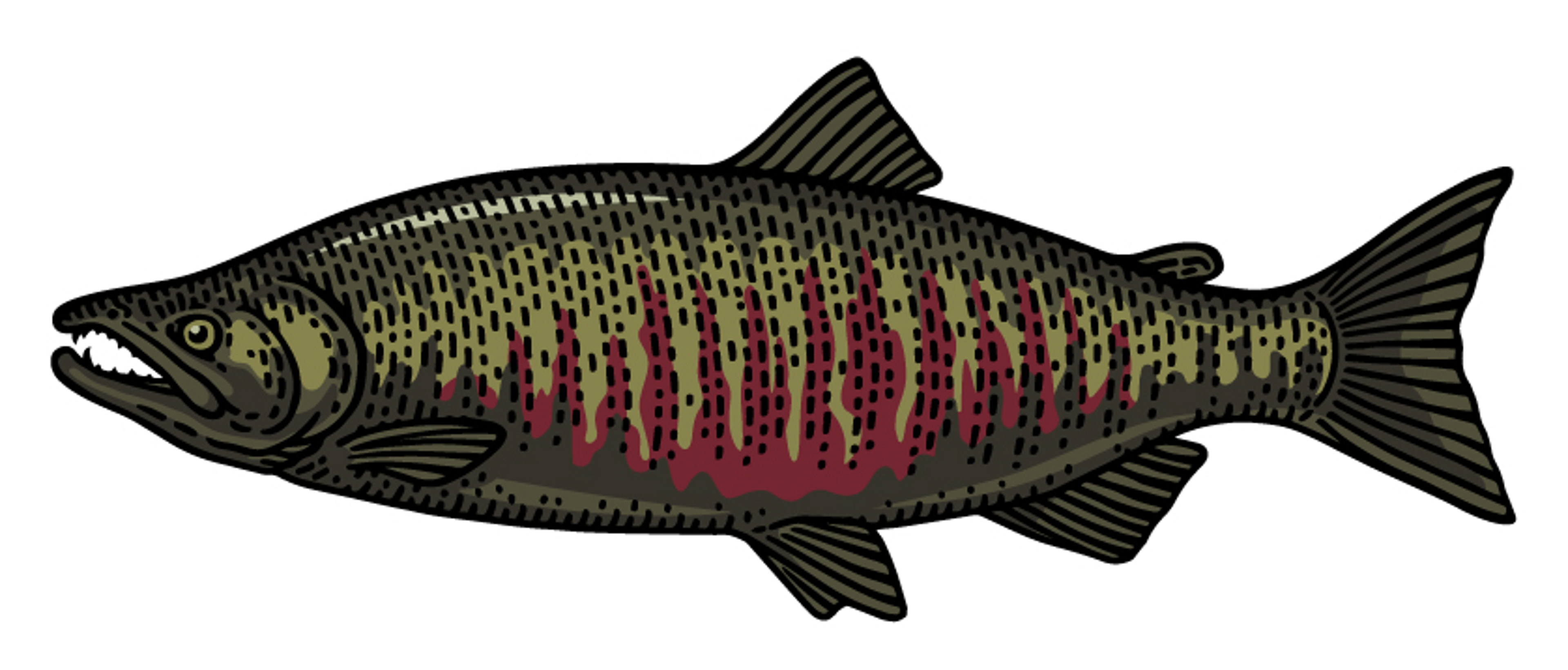Seafood Is Often Mislabeled
But there are ways to be sure you are getting what you pay for.
Apr 12, 2024
We judge food first by how it looks and then by the label. But unlike a Red Delicious apple or a Russet potato, merchants sell seafood filleted, canned, inside opaque bags, or otherwise altered or obscured. That means you often can't see what you're getting and must trust the label.
But the label could be wrong.
According to an analysis in Proceedings of the National Academy of Sciences of the United States of America (PNAS), from 190,000 to 250,000 tons of seafood sold in the United States each year is mislabeled. For example, you can buy a product labeled “Pacific salmon" and end up eating farmed Atlantic salmon instead.
Seafood has “complex and opaque supply chains that enable product mislabeling globally," the authors wrote. So, it's possible, and common, unfortunately, to swap for a similar lower-value species at many points in these supply chains. Buyers don't know the difference.
The team, which includes professionals from two U.S. nonprofits, Advanced Conservation Strategies and Resources for the Future, noted that much of the mislabeled seafood sold to Americans is imported from countries with less demanding regulations than the United States.
Along with fibs about the animal's species, about 60% of it is farm-raised masquerading as wild-caught.
MORE: What's the Difference Between Pacific and Atlantic Salmon?
What shrimp are you getting?
Take shrimp, the most popular seafood in the United States. It comes from around the world, and some 20 species are sold, each possibly farmed in more than one way. The most common is technically known as “whiteleg shrimp."
Stay with me, your shrimp purchase is complex!
The Monterey Bay Aquarium Seafood Watch program analyzes which products are the lowest in mercury and other contaminants and most environmentally friendly. It rates this category of shrimp as a “Best Choice" if it comes from U.S. waters.
MORE: The World's Best Shrimp Come From...Oregon?
However, you should avoid it from ponds in many countries or if the shrimpers catch it by dragging heavy nets across the ocean floor. “Bottom trawling" picks up other species, damaging the eco-system.

How do you know where your shrimp came from and how it was caught? That's one problem. You also should avoid giant tiger prawns from ponds in Indonesia, Malaysia, Vietnam, and Bangladesh. And when you buy your shrimp, the two species may be in one package.
Plus, if you want giant tiger prawns exclusively, Seafood Watch rates them as a “Best Choice" only if farmed in appropriately managed indoor recirculating tanks.
In 2014, the environmental group Oceana did its own analysis of shrimp labels in the United States. It declared that more than 40% of the 41 grocery stores and markets it checked were selling misrepresented shrimp. About a third of all the products tested were mislabeled. The most common switch-up was labeling farmed shrimp from abroad as “wild" shrimp or “Gulf" shrimp.
Should I buy locally, near the sea?
Maybe. Another 2020 study concluded that farmed, frozen, and imported shrimp had been labeled local, fresh, and wild-caught in North Carolina. The study used standard genetic testing to determine the species of 106 shrimp sold as “local" by 60 vendors across the state. Thirty-four percent of the purchased shrimp was mislabeled, in both coastal and inland counties. One-third of the product incorrectly marketed as “local" was in fact that ubiquitous whiteleg shrimp, which is not even found in North Carolina waters.
Am I okay if I avoid shrimp?
Alas, no. The PNAS study reported seeing these substitutions: Atlantic salmon labeled "wild" Pacific salmon, blue swimming crab labeled blue crab, saithe labeled cod, rainbow trout labeled Atlantic salmon, Atlantic cod labeled Pacific cod, escolar labeled tuna, bigeye tuna labeled yellowfin tuna, haddock labeled cod and striped catfish called tilapia. Escolar, sometimes called the "Ex-Lax Fish," contains a type of fat that can cause gastric distress. Italy and Japan banned escolar, but it keeps showing up in U.S. sushi bars described as “white tuna."
Are you really eating catfish?
Striped catfish, also called pangasius, is a cheap, mild boneless fish swapped in as a substitute for 12 assorted products, though most often for tilapia. Panga, originally from the Mekong River in Vietnam, is now produced in deep ponds in that country. Seafood Watch says it has been described as “the most intensive food production system on earth," and generating large volumes of liquid waste.
The fish has low protein and omega-3 levels and a relatively high concentration of mercury. Other names on labels include Sutchi Catfish, Striped Pangasius, Swai, Tra, and Basa.
There is a solution
That's all daunting news! But there is good news as well.
Among the nations of the world, the United States has done an excellent job of regulating American fishing, the PNAS study's lead author Kailin Kroetz, an assistant professor at Arizona State University's School of Sustainability, said in a press release.

Referring to American regulators, Kroetz said, “We assess the stock, so we know what's out there. We set a catch limit. We have strong monitoring and enforcement capabilities to support fishers adhering to the limit. But many countries we import from do not have the same management capacity."
So, if you really want to know the real source of what you're eating — and you want to be sure it is sustainable — you would do best to buy within the U.S. if possible, and seek out certified seafood.
Nearly all of the fish and shellfish Vital Choices offers is certified sustainable by the Marine Stewardship Council (MSC), or is rated Best Choice or Good Alternative by the Monterey Bay Aquarium Seafood Watch® program.
MORE: What Is the Marine Stewardship Council?
An easy way to identify sustainably sourced fish or shellfish is to look for the MSC blue fish label. Any product that has this label has been sourced from an MSC certified sustainable fishery. The MSC is a global nonprofit organization that works with scientists, fisheries, industry experts, and other nonprofits, to improve the way our oceans are fished. In the MSC program, sustainable seafood means that it was fished from stocks with healthy populations, with minimal impact on the environment, and in an area with effective, responsible management.
Since 1999, the Monterey Bay Aquarium Seafood Watch® program has provided science-based seafood recommendations that help consumers and businesses make purchasing decisions for a healthy ocean. Seafood Watch® has developed the most trusted, rigorous standards for fishing and aquaculture practices worldwide, setting the global bar for ecologically sustainable seafood. Seafood Watch® is a registered service mark of the Monterey Bay Aquarium.







